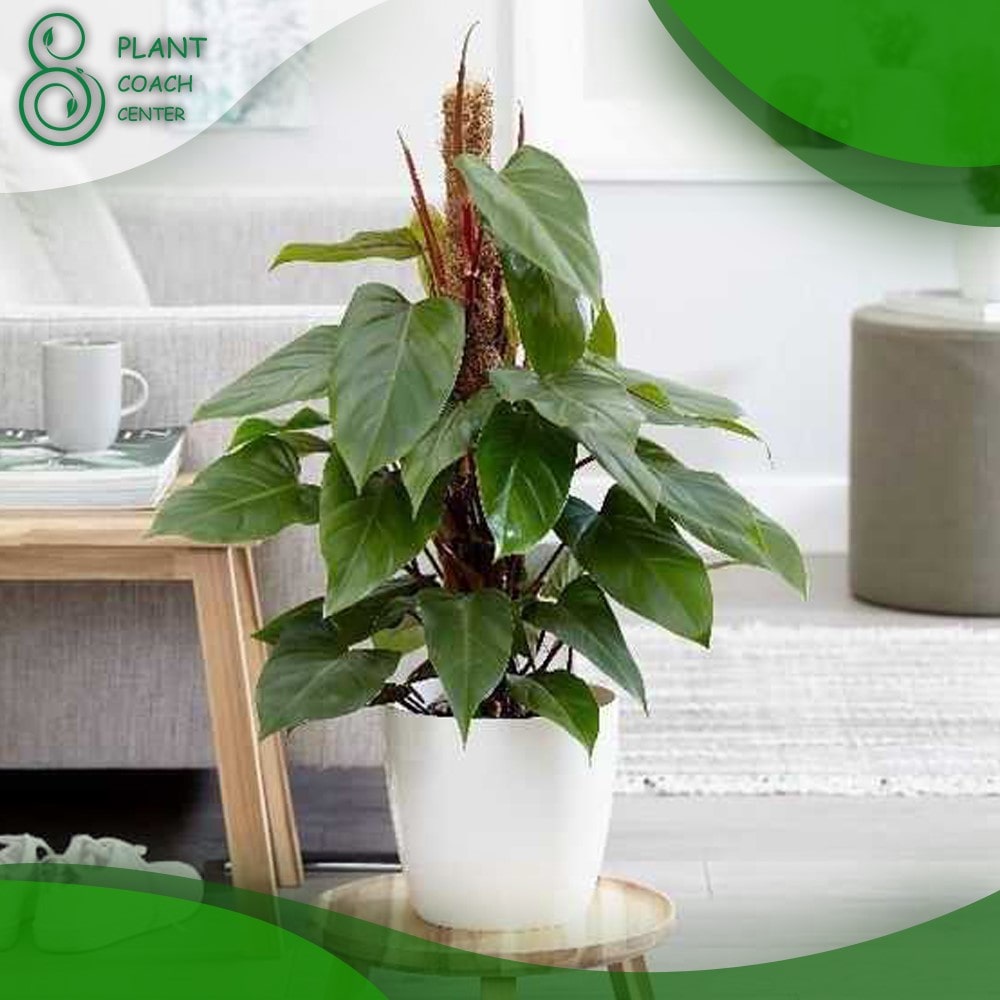When is it Too Late to Top Your Plant?
As a plant owner, it’s essential to understand the right time to top your plant. Topping your plant can lead to a healthier and bushier plant, but if done at the wrong time, it can cause more harm than good. In this article, we’ll explore everything you need to know about when it’s too late to top your plant.
What is Topping?
Topping is a plant training technique that has been used for many years by growers to increase the yield and improve the overall health of their plants. When done correctly, topping can result in a bushier plant with more colas, which translates to more buds and higher quality flowers.
However, as with any plant training technique, timing is critical. Topping your plant too early can result in stunted growth and reduced yield, while topping too late can cause stress and damage to the plant.
It’s also important to consider the strain characteristics of your plant before deciding to top. Some strains respond better to topping than others, and some may require a different training technique altogether.
If you’re new to plant training, it’s always a good idea to start with low-stress techniques like LST before moving on to more aggressive techniques like topping. This will help you build your skills and confidence and ensure that you don’t damage your plant in the process.
Benefits of Topping Your Plant
Topping can provide many benefits for plant owners, including increased yield, improved plant structure, better light penetration, and higher quality buds. In this part, we’ll explore each of these benefits in more detail.
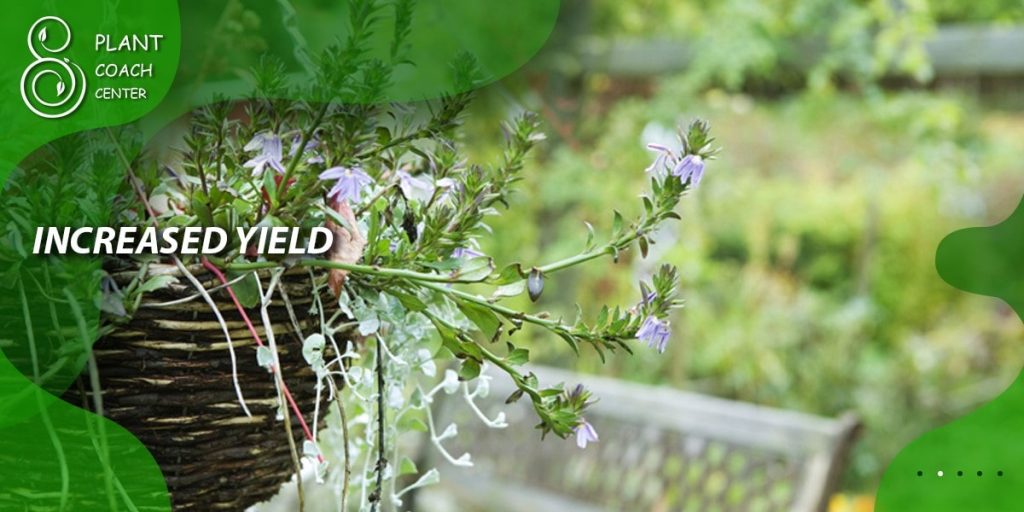
Increased Yield
One of the primary benefits of topping your plant is increased yield. When you top your plant, you create more colas, which means more buds. By removing the top of the main stem, you encourage the plant to grow more branches, which can lead to a more even canopy and higher yields.
In addition to increasing the number of buds, topping can also improve the size and density of the buds. When you remove the top of the plant, you redistribute the plant’s energy to the lower branches, which can result in larger and denser flowers.
Improved Plant Structure
Another benefit of topping your plant is improved plant structure. When you top your plant, you encourage the growth of more branches, which can result in a bushier plant with a more even canopy. This can help to improve light penetration, which can lead to more efficient photosynthesis and healthier plants.
In addition to improving light penetration, a bushier plant can also be more resistant to pests and diseases. A dense canopy can make it more difficult for pests to penetrate the plant, and it can also help to reduce humidity levels, which can prevent the growth of mold and mildew.
Better Light Penetration
As mentioned above, topping your plant can improve light penetration, which is essential for healthy plant growth. When you have a dense canopy, light can struggle to penetrate the lower parts of the plant, which can result in stunted growth and lower yields.
By topping your plant, you create a more even canopy, which allows light to reach the lower branches more efficiently. This can result in more efficient photosynthesis, which can lead to healthier plants and higher yields.
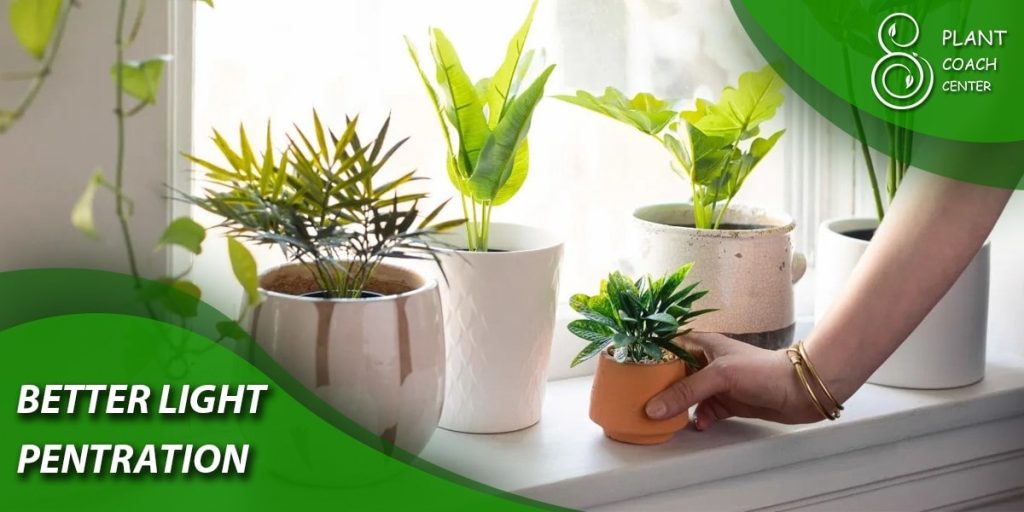
Higher Quality Buds
In addition to increasing the number and size of the buds, topping can also improve the quality of the buds. When you redistribute the plant’s energy to the lower branches, you encourage the growth of more bud sites, which can lead to more even and consistent buds.
In addition, by removing the top of the plant, you can encourage the growth of more trichomes, which are the resinous glands that produce THC and other cannabinoids. This can lead to a higher potency and better overall quality of the buds.
Factors to Consider Before Topping Your Plant
Before you decide to top your plant, there are several factors you should consider.
Plant Age
The age of your plant is an essential factor to consider before topping. Topping too early can result in stunted growth and reduced yield, while topping too late can cause stress and damage to the plant. The best time to top your plant is during the vegetative stage, preferably when it has at least four to six nodes.
Plant Health
The health of your plant is another critical factor to consider before topping. If your plant is stressed or unhealthy, topping can cause more harm than good. Before you decide to top your plant, make sure it’s healthy and free from any pests or diseases.
Plant Size and Structure
The size and structure of your plant can also affect whether or not you should top. If your plant is too small, topping can cause stunted growth, so it’s best to wait until your plant has reached a suitable size. In addition, if your plant has a weak or unstable structure, topping can cause it to collapse or break, so it’s essential to ensure that your plant is strong and sturdy before topping.
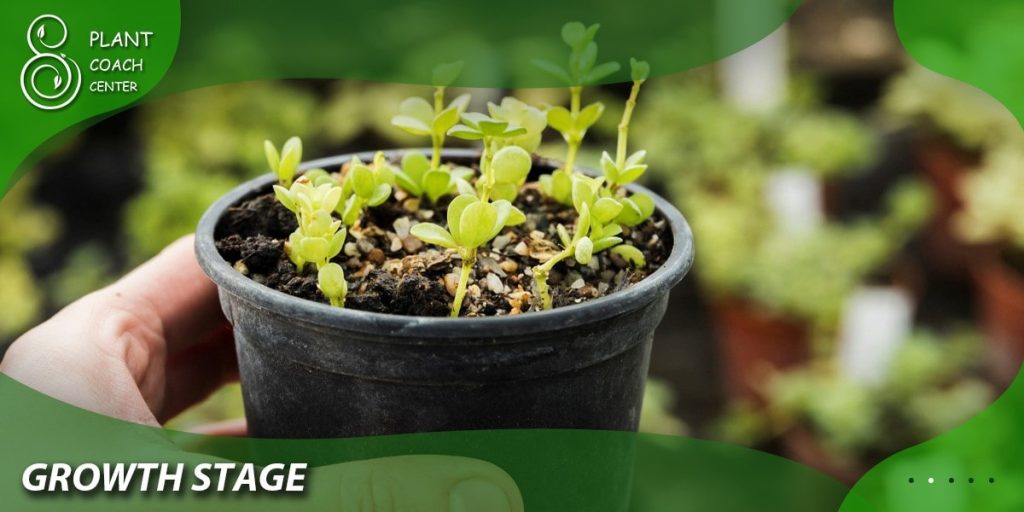
Growth Stage
The growth stage of your plant is also crucial to consider before topping. Topping during the vegetative stage allows the plant to recover before it enters the flowering stage. Topping during the flowering stage can cause stress and reduce yield.
Strain Characteristics
Finally, it’s essential to consider the characteristics of your plant’s strain before deciding to top. Some strains respond better to topping than others, and some may require a different training technique altogether. It’s best to do some research on your strain and consult with experienced growers before deciding to top.
When is the Best Time to Top Your Plant?
The best time to top your plant is during the vegetative stage, preferably when it has at least four to six nodes. Topping during this stage allows the plant to recover before it enters the flowering stage.
When is it Too Late to Top Your Plant?
Topping your plant too late in the growth cycle can cause more harm than good. Here are some signs that it’s too late to top your plant:
- The plant has already started flowering
- The plant is close to harvest
- The stem is too woody
- The plant is too small
Alternatives to Topping Your Plant
If it’s too late to top your plant, there are several alternatives you can consider:
- LST (Low-Stress Training)
- FIM (Fimming)
- Defoliation
- Super Cropping
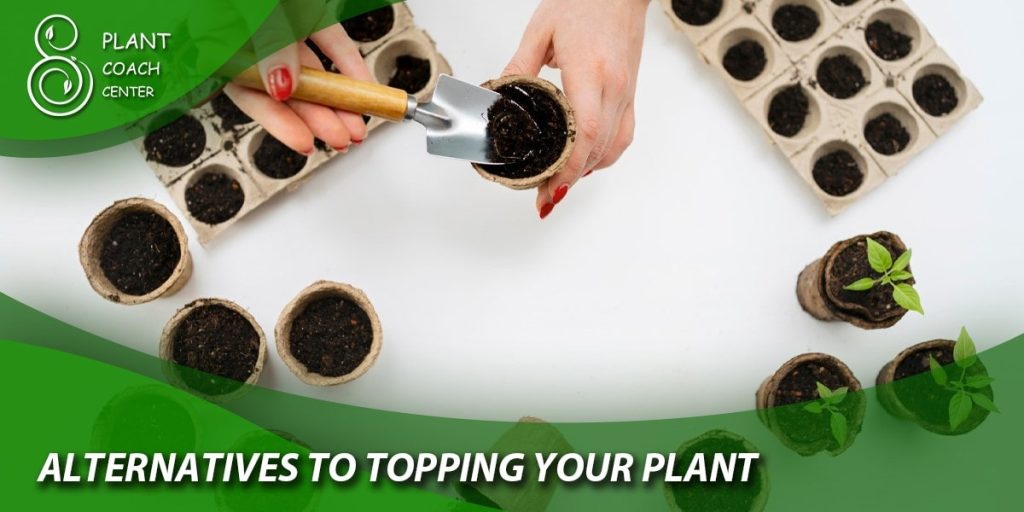
Common Mistakes to Avoid When Topping Your Plant
To avoid harming your plant, here are some common mistakes to avoid when topping:
- Topping too late
- Removing too much of the plant
- Topping a stressed or unhealthy plant
- Topping too often
Conclusion
Knowing when it’s too late to top your plant is crucial to avoid damaging your plant. It’s essential to consider factors such as plant age, health, and growth stage before deciding to top. If it’s too late to top, there are alternatives that you can consider to improve plant structure and yield.
Can I top my plant during the flowering stage?
No, it's not recommended to top your plant during the flowering stage as it can cause stress and reduce yield.
Can I top an unhealthy plant?
No, it's not recommended to top an unhealthy plant as it can cause more stress and harm than good.
How often can I top my plant?
It's recommended to top your plant once during the vegetative stage.
Can I top my plant if it's too small?
No, it's not recommended to top a small plant as it can cause stunted growth.
What is LST?
LST (Low-Stress Training) is a plant training technique that involves bending and securing the plant's branches to create a more even canopy.
What is FIM?
FIM (Fimming) is a plant training technique that involves pinching off the top of the plant's stem to stimulate the growth of multiple colas.


